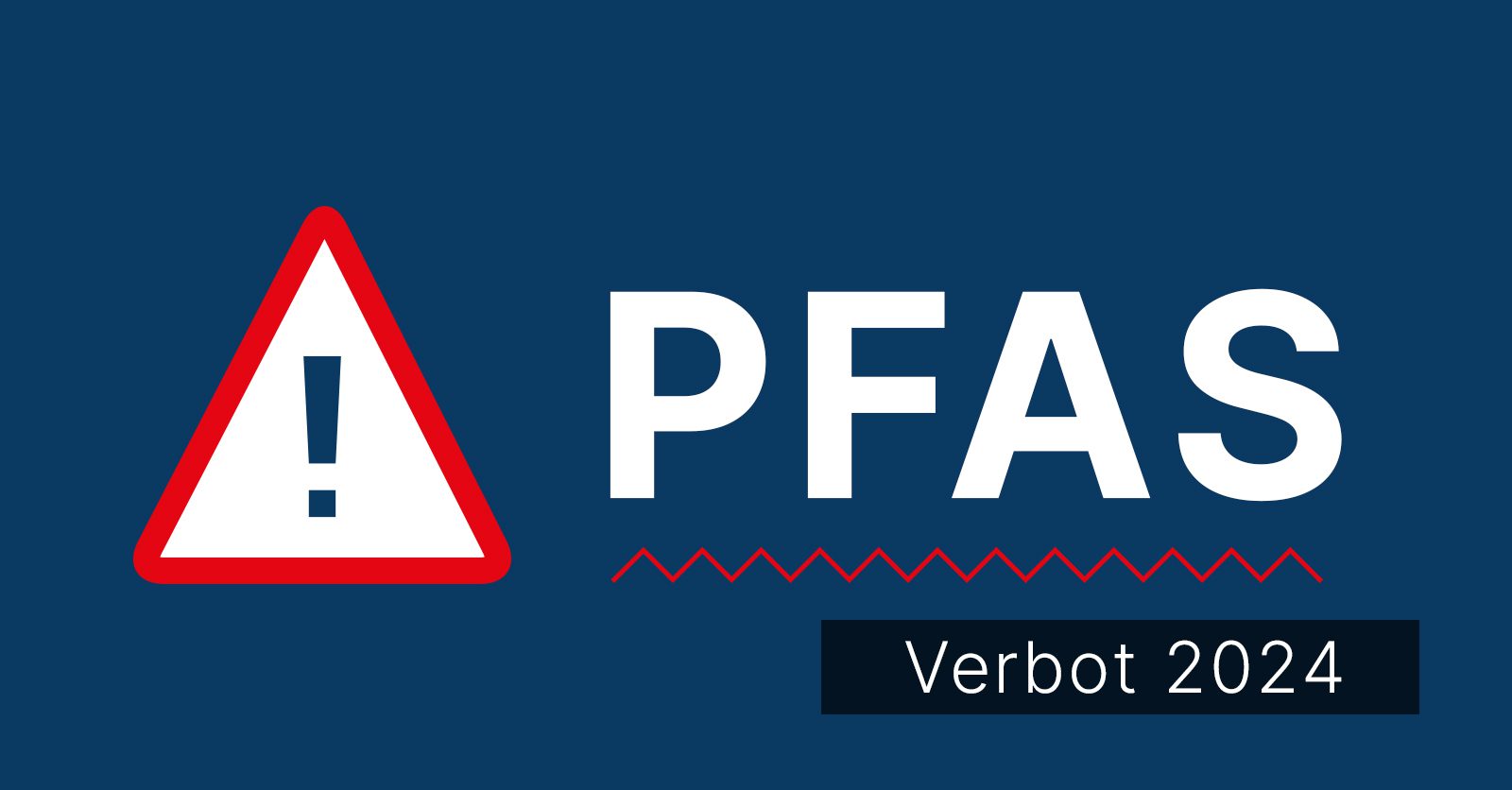Introduction
The European Union has taken a historic step towards environmental protection and public health by deciding to ban perfluorinated and polyfluorinated chemicals (PFAS) in firefighting foams from 2024. This ban marks a decisive turning point in European environmental and health policy and sets the course for a more sustainable future.
The fight against PFAS
PFAS, known for their longevity in the environment and potential health risks, are currently found in many foam fire extinguishers. However, their widespread use has caused increasing concern. The EU is now responding with a concrete ban, which is part of a larger initiative to reduce PFAS exposure by 2026. The aim is to minimize the risks to people and the environment.
Transition periods for various areas of application
The European Chemicals Agency (ECHA) and its Committee for Socio-Economic Analysis (SEAC) have understood this challenge and proposed specific transition periods for different areas of application:
- Industrial plants and neighboring sites: A ten-year transition period is recommended here to ensure the effectiveness and availability of fluorine-free alternatives.
- Civil shipping: An extension of the transition period from three to five years is proposed for this area in order to give the industry sufficient time for the changeover.
- Portable fire extinguishers: One important change concerns portable fire extinguishers. Originally scheduled for six months, this deadline extended to 18 months. This extension is crucial to give manufacturers, distributors and users of portable fire extinguishers sufficient time to adapt to the ban and to develop and implement suitable PFAS-free alternatives. These steps are essential to ensure the reliability and safety of these devices in emergencies. The extension aims to ensure that adequate PFAS-free alternatives are available by the time the ban comes into force. This is particularly important as portable fire extinguishers play a critical role in emergencies and their reliability and effectiveness is essential.
A new standard for safety and environmental protection
The forthcoming ban on PFAS in firefighting foams is more than just a regulatory measure; it is a commitment to a safer and greener future. The EU is demonstrating that it is prepared to lead the way in introducing measures that strengthen both public safety and environmental awareness. The transition periods are a smart move to ensure that the transition to safer alternatives is smooth and does not compromise firefighting readiness.
Conclusion
The ban on PFAS in firefighting foams is a significant step forward for the EU in its efforts to reduce environmental and health risks. It sends a strong signal to the rest of the world that the time for change has come and that safety and sustainability can go hand in hand. This carefully considered decision in favor of portable fire extinguishers shows how serious the EU is about finding a balanced approach between environmental protection, public safety and economic reality.
Summary
The EU's initiative sets new standards in environmental and security policy and is a shining example of how forward-looking decisions can be made for the benefit of people and nature. The world is watching, and it is to be hoped that other regions will follow suit.
